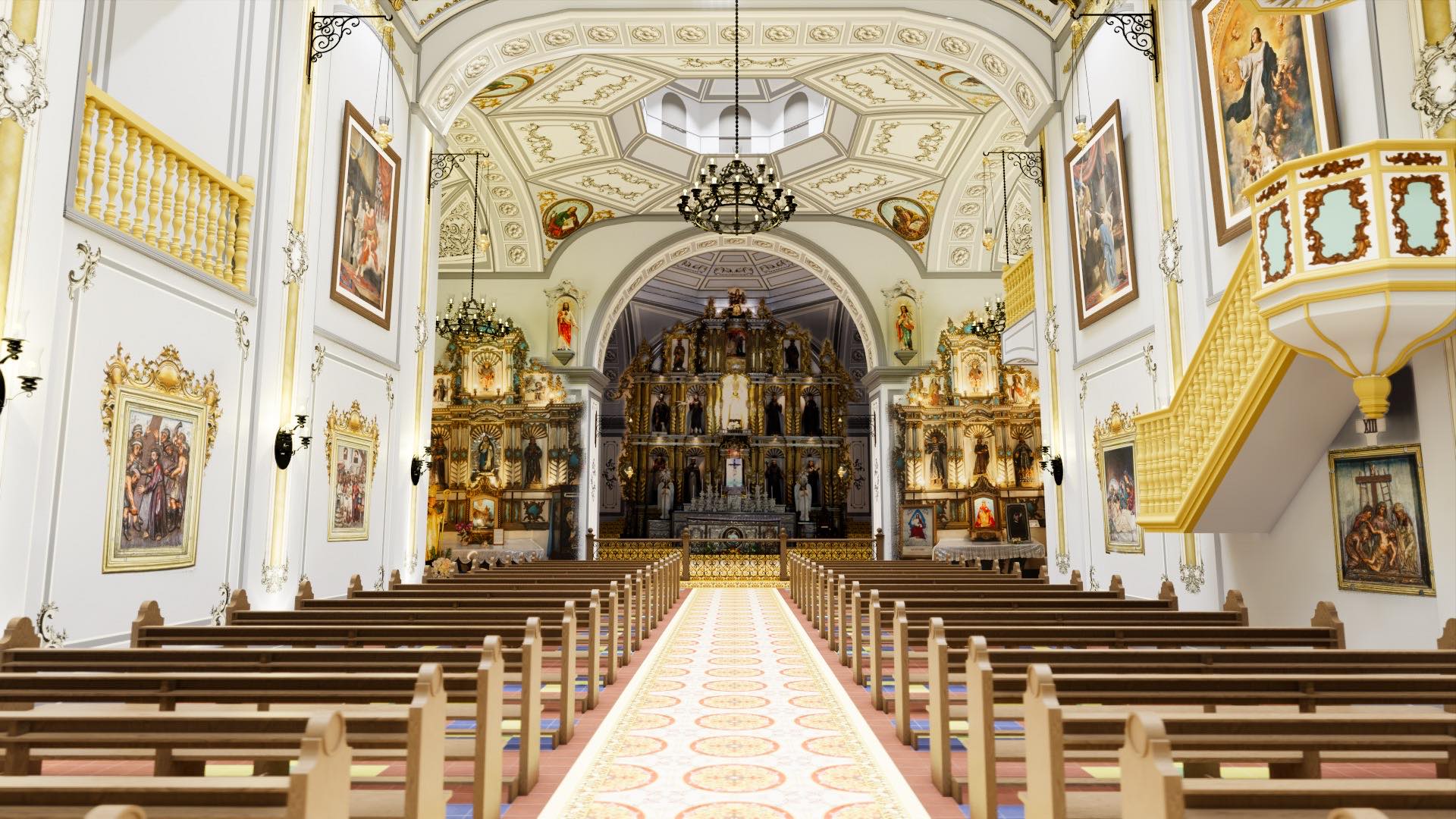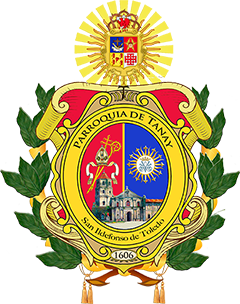Understanding the Conservation Management Plan (CMP) for the Church: Why Renovation and Beautification Matter
By SIDTP SoCom
Published on September 10, 2024
San Ildefonso de Toledo Parish in Tanay, Rizal, is not just a place of worship; it is a treasure trove of historical and cultural significance. As a National Cultural Treasure in the Philippines, the church is recognized for its exceptional historical, artistic, and architectural value. To preserve such a significant heritage site, a robust Conservation Management Plan (CMP) is essential. This plan ensures the church’s ongoing protection, maintenance, and restoration, safeguarding its legacy for future generations.
What is a Conservation Management Plan?
A Conservation Management Plan (CMP) is a strategic document designed to safeguard and manage a heritage site. It provides a framework for understanding the site’s historical significance, assessing its current condition, and addressing the threats it faces. The CMP outlines policies, guidelines, and actions needed to ensure the site’s long-term preservation. For San Ildefonso de Toledo Parish, the CMP serves several key purposes:
Historical and Cultural Assessment: Detailed documentation of the site’s history, architectural features, and cultural importance.
Condition Assessment: Evaluation of the current physical state of the site, identifying areas that require repair or restoration.
Conservation Policies: Guidelines for maintaining the site’s integrity, authenticity, and historical value.
Management Strategies: Plans for the site’s use, access, and interpretation to the public, ensuring that conservation efforts do not hinder its role as a place of worship and community center.
Maintenance and Monitoring: Regular schedules for upkeep and methods for monitoring the site’s condition over time.
Stakeholder Engagement: Involvement of local communities, religious groups, government agencies, and experts in the conservation process.
Why Renovation and Beautification Are Important?
1. Preventing Deterioration: Over time, natural wear and tear, environmental factors, and human activity can cause damage to heritage sites. Renovations are essential for repairing structural issues, restoring original features, and ensuring that the building remains safe and functional. Without these interventions, the church could face significant deterioration, potentially compromising its historical integrity.
2. Preserving Historical Accuracy: Renovations guided by a CMP are conducted with a deep respect for historical accuracy. This means that any changes or repairs are made using appropriate materials and techniques that match the original construction. This helps in preserving the church’s authenticity and historical value.
3. Enhancing Visitor Experience: Beautification efforts can improve the church’s aesthetic appeal, making it a more inviting and inspiring place for visitors and worshippers. A well-maintained and beautifully presented church can enhance the spiritual and cultural experience for everyone who visits.
4. Addressing Safety Concerns: Older buildings may face safety issues, such as unstable structures or outdated facilities. Renovations can address these concerns, ensuring that the church remains a safe place for worship and community activities.
5. Supporting Community and Cultural Engagement: A well-preserved and attractive heritage site can become a focal point for cultural activities, community events, and educational programs. It can serve as a venue for celebrating local traditions and fostering a sense of pride and identity among parishioners and the broader community.
Balancing Renovation with Conservation
It’s important to approach renovations and beautification with a balanced perspective. The CMP ensures that any changes are carefully planned and executed in a way that respects the church’s historical and cultural significance. This means that renovations are not about altering the essence of the church but about enhancing and preserving its value for future generations.
The Conservation Management Plan for San Ildefonso de Toledo Parish is a vital tool for preserving and managing this National Cultural Treasure. Renovation and beautification efforts, guided by the CMP, are essential for maintaining the church’s historical integrity, enhancing safety, and enriching the community experience. Embracing these efforts will ensure that the church continues to stand as a beacon of history, culture, and faith for many years to come.



